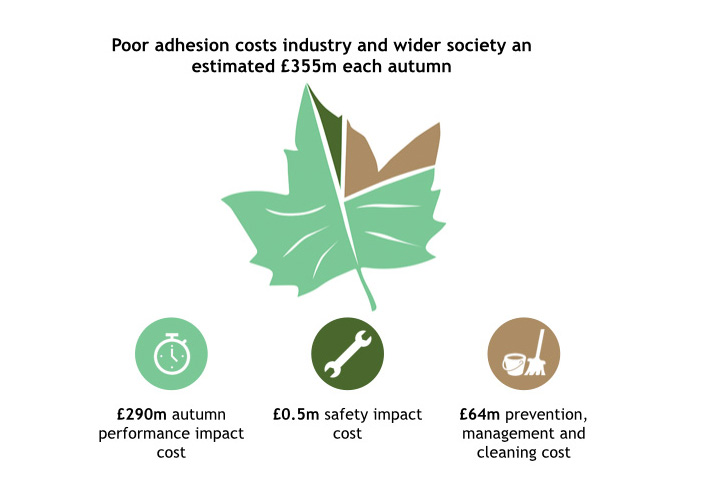Registered
Introduction
Log in or register to keep reading
Register for free individual access
- Unlock research, articles and more
- Get updates on RSSB’s activities
Already have an RSSB account?
- Log in to access content and download resources


